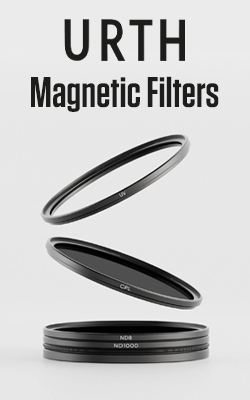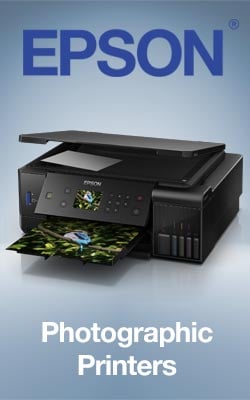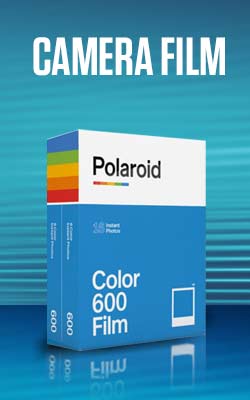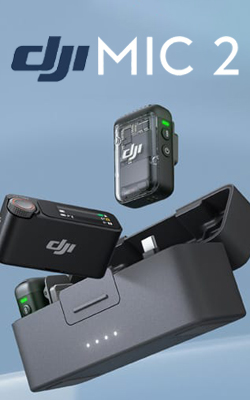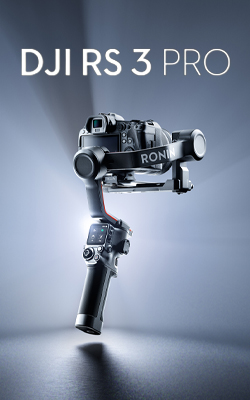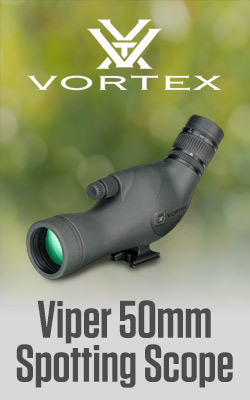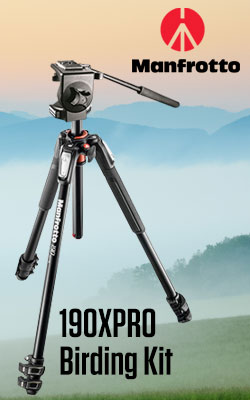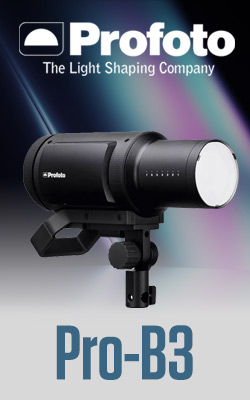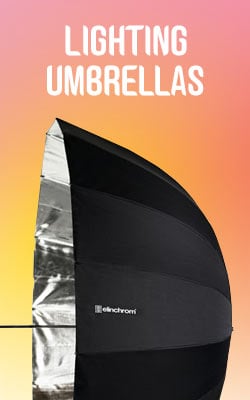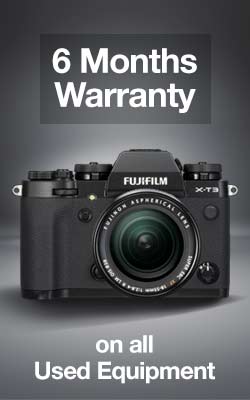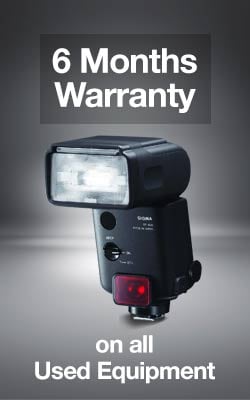Canon R8 Review: Where does it stand?
On first impressions, the R8 is a great little camera, and when I say little, getting my hands on this full frame mirrorless camera after handling the R6 II I was surprised at the size and weight of the R8 compared to the R6 II, at just 461g the R8 is just over 200g lighter, great for those photographers who want a more discrete and lightweight camera to carry around town.
Lens compatibility
If you don’t have much time to read about all the lenses, here’s a quick breakdown below:
I will be using this camera over the course of 10 days with a selection of lenses I feel would be ideal for someone who wants a simple, affordable and fairly compact kit to shoot a variety of subjects. Starting this Canon EOS R8 review of course with the classic 24-105mm f/4L IS USM, this lens may not seem impressive on paper but for a lens to immediately pick up the camera and start shooting it ticks a lot of boxes!
The 24-105mm offers autofocus and image stabilisation capabilities which can drop down to the 24mm focal length for those quick interesting landscape or simple street photographs, so pretty perfect for a walkabout lens, although considered a little weighty, its ability to increase to 105mm to reach further and get closer to the action is great without needing to disturb anyone. Personally, I used this when wandering about and unsure which focal length I would like to use next. Its fairly wide coverage, at 24mm, was ideal for when I was walking and saw a view that I wanted to remember.
Plus, the ability to use it at 50mm meant that, if I was feeling particularly lazy, I didn’t need to reach into my camera bag (the peak design everyday backpack 20L v2 - it was very comfortable!) to grab out the 50mm 1.8. Although it does miss the beautiful soft bokeh look that the 1.8 can achieve, I must say if you are looking for a lens that: covers pretty much all the bases, has a constant f4 that can still give enough versatility for if you don’t know what you’ll stumble upon, and don’t want to carry a huge kit around, then this lens is for you!
Alongside the 24-105mm I of course will be using the nifty 50mm. Couldn’t resist this prime lens, not when paired with the streamlined and compact back dimensions of the R8, simplifying my kit so I can just nip out with the dogs for a quick walk. The slimmed-down profile of this lens on the camera made life easier and still offered the quality needed for those golden moments.
I must admit, the 50mm f/1.8 was my favourite of the lenses, purely because of the weight (nearly none!) along with the beautiful quality and soft look it can achieve. If you are looking for a fixed focal length with great low-light capabilities at a sensible price to add to your kit, this is the one for you!
The 15-30mm, the smallest zoom in my kit, provided me with wider focal lengths for getting those fascinating architectural and landscape photographs. This was used a fair amount to capture those sweeping landscapes that I came across when walking, although it does look slightly distorted at the 15mm end, not surprising being an extra-wide lens. Not only was this lens good for sweeping landscapes and scenes, but I also found this ideal for interior photography and enjoyed using it at the wider end to capture these subjects!
If you’ve come here for something a little more substantial the 70-200mm f/4L IS USM may be the lens you’re looking for. It's not the lens I would immediately recommend for those wanting to get started or go out and about and discreetly take quick shots, not only because it's one of Canon’s signature white lenses but because it does have Canon’s 3 IS switches which, if you are not familiar with, a little reading may be required to make sure you know which is best for your subject! Despite this it's surprisingly light, amazingly it's lighter than the 24-105mm! I must say though, for general photography where you don’t particularly want to get too close or can't, this is ideal as it gives you a good amount of reach at a constant f/4!
In Canon’s lineup
Anyway now I have all my ducks in a row for the kit I am using, let me take you through some of the things that I LOVE about the Canon R8…
If you are not looking to break the bank, (especially with Canon’s lowest price ever since the launch!) this camera sits very nicely between two great cameras with entirely different target markets, making the R8 pretty good for those wanting to get something that is packed full of features but not too overwhelming.
It sits nicely between the Canon EOS RP and the Canon EOS R6 II I mentioned earlier, with the RP being an entry-level camera that may not tick all the boxes and the EOS R6 II which is a professional camera with most of the bells and whistles!
A compact hybrid
The EOS R8 is a fantastic hybrid shooter with a video/still switch on the left shoulder making it easy to switch between the two! While I do have a dislike for video, much to some of my colleague’s dismay, if you are looking to shoot video this camera can comfortably produce some stunning results.
Features include C-Log3 (great for enhanced colour grading and editing in post-production), oversampled 4k 60p (full HD at up to 120p), unlimited record time and digital video stabilisation, which can be found in its big sister the R6 II, along with webcam capabilities for all those boring professional zoom calls! These capabilities, alongside the high resolution gained from its 24.2MP sensor, mean that this camera can perform well for vloggers, content creators and even amateur filmmakers.
For still photography, this camera simply excels for a camera of this level. Not only being a lightweight travel companion, at 461g, for shots on the go but with its 24.2MP full-frame CMOS sensor it adequately captures the detail required for beautiful images of scenes that catch your eye.
Retaining a high resolution and dynamic range, the 2360k dot EVF provides crystal clear image quality and allows you to see the exposure of an image; alongside the articulating screen for those low, high and odd angles allowing your creativity to run wild (even for vlogging!).
For a lightweight and compact camera body, some people may find it too small. However, the overall ergonomics are designed well with the camera grip proportioned so your hands rest nicely over the buttons. Unlike the R6 II, the R8 does not have a dial on the backside and instead has a 4-way arrow control (d-pad) which works well, although, in a fast-paced environment some people may prefer the dial control.
Despite this, it does have two dials on the top of the camera and both are fully customisable. One which can be controlled with your thumb which I chose to program to the focus area and the second controlled by your index finger just behind the shutter which I used for F stop (keep reading to find out more about customisation). The overall layout was comfortable and on a small body it didn’t feel like you were on top of all the other buttons, so there weren’t any mistakenly pressed buttons while shooting.
Day shooter?
The Battery life of this camera is a little disappointing compared to the R6 II, with the R8 using an LP-E17 battery, enabling you to get around 290 shots when using the LCD screen and around 65 minutes when recording.
However, I did manage with careful use throughout a day, to use this camera and just get down to one ‘bar’ on the battery, which suited me well as I was not shooting an excessive amount of images as someone may in a studio or professionally. Even so, I would definitely recommend getting a spare battery and taking this with you to be on the safe side!
Single card slot, yet quick data transfer
An advantage to Canon’s R system is the connectivity that you gain with the system - the R8 itself has WiFi and Bluetooth connectivity which allows you to easily share photographs, etc. with compatible devices with the ability to use your mobile as a remote control through the Canon Connect App. I used this when out and about or stopping for a rest bite and wanting to quickly review my images and transfer these over to my mobile to share. It was fairly reliable.
However, I did notice that when I did not have much signal it did struggle to load all the images I had on the camera/card. Yet, this wasn’t too much of an issue for myself as the R8 used a single UHS-II SD, which is a pretty fast and reliable card, especially for people who aren’t looking to shoot majorly serious stuff, as the camera does only have one memory card slot. For what I used the camera for I didn’t find I had any issues with just having one card (I used a 128GB) while shooting both RAW and JPEG.
Focus system
The Canon EOS R8 has both One-Shot and AI Servo focus, which with its 1053 focus points gives the photographer a choice between a fixed focal point and a chance to track and lock-on for moving subjects. Throughout my time using this camera I did mainly use the one-shot focus system as I was shooting still scenes. However, when I did get the chance to use the AI Servo it did not disappoint.
There are 3 settings/cases which can be selected within the Servo AF menu allowing you to tailor your setting for the scene you are shooting. These include:
- Case 1: A versatile multipurpose setting - this can be used if you wish to utilise the fast and accurate capabilities of AI Servo, but aren’t sure what sort of focus settings you need and just want the best of all worlds!
- Case 2: Continue to track subjects ignoring possible obstacles - This setting is great for if you are shooting street with a specific client/person you wish to focus on, or if you are shooting sports/wildlife where the subject may duck and weave between obstacles.
- Case 3: Instantly focus on subjects suddenly entering AF points - mainly used for subjects that you don’t know when or where they will appear. A great example of this is photographing breaching whales (unfortunately something I am yet to see!!)
- Case 4: For subjects that accelerate or decelerate quickly - Great for motorsports or birds where their speeds vary quickly and can be unpredictable.
- Auto - As you’d imagine, this is great for if you wish to track a subject automatically and adapts to the subject’s movement. This may not be the most reliable therefore Case 1 may be more useful if you are unsure what setting to use.
Creative filters
Another great feature of the R8 to boost creativity would be the creative filters (picture styles), of which there are 8 already programmed and 2 customisable settings. While there is a range I favoured the Monochrome mode and the Neutral/Standard modes which allowed me to get immediate results in this ‘filter’. Plus, if you are shooting in RAW and JPEG you can still retain the original colours.
Menu design
I spent an evening going through the menu system of the R8, which I must admit is one of the more intuitive menu systems I have come across, with all options set over pages so you can easily see what you are looking for and don’t need to go diving through menus and submenus like some systems.
The system was easy to follow, allowing me to customise the settings as I see fit and change them later on down the line too.
One thing that I felt was particularly important was changing the dials/buttons to allow me to quickly change my AutoFocus systems from one-shot to AI Servo and the focus areas at a touch or turn of a dial. This means that as I am out and about shooting I don’t need to worry about going into the menu first, making life that ever so slightly easier.
Personally, I set the AE lock as the AutoFocus system, allowing me to change this between one-shot focus and AI Servo focus. Ideal for quickly changing the focus system if I know I’m going to be shooting something moving quickly in my frame that needs to be tracked accurately, or alternatively for something I know won't move (or hope doesn't move!). I felt this just helped me with ensuring I am focusing on what I want and not what the system wants to focus on.
Alongside this, I customised the top thumb dial to be my focus area, again this means I can utilise the fast and accurate focus on the R8 to its full potential for the scene I am shooting. The movie record button which I did not use for its actual use (whoops), I customised to be my picture styles, particularly because I quite like shooting in Black and White. This meant I could change this setting quickly without having to take the camera away from my eye and change the setting through the menu.
As with many of Canon’s lenses, the control ring on the end of the lens is customisable too and I set this to be my white balance, setting this for small increments. This may seem insignificant for many photographers getting started; however, this can be an easy way to make your images more effective and personalised to your style.
To sum it up
So, is the Canon Eos R8 a good all-rounder camera? The R8 itself is a great beginner/amateur camera, packing in most functionalities of its big sister the R6 II while being a manageable and easy camera to use. Its lightweight body is a huge bonus for anyone wanting to have a camera for general use and travel. Its high-resolution Full-Frame sensor is great for a variety of subjects, while its autofocus settings ensure you do not miss a shot, making it a very versatile camera!
The only downside I would say with this camera is simply the lack of in-body image stabilisation and if you are being really picky the D-pad instead of a third dial. But as a camera to get up and running or reignite your spark for photography (or video), this camera will not disappoint or break the bank!
Sold on the Canon R8
Get your hands on a Canon R8 here >
Read next
- Canon EOS R1 | First Look
- Canon EOS R5 II | First Look
- Wildlife Photography with Felix Belloin and the Canon R System
Thank you!
Thanks for taking the time to read our blog, we really do hope they help you out and answer some of your questions. If you still have some unanswered, then please feel free to get in touch with our team of experts.
We have a LiveChat option on our website and we can, of course, be contacted via our email, we're also on the end of the phone too! Read more on how to contact us here >
Want to write for us?
If you've got experience with producing content on photo, video and/or optics products or techniques then we would love to hear from you. Contact our blog editor, Bea, with a sample of your work at bea@cliftoncameras.co.uk.
- By Troy Probert
- 24 Jul 2024




